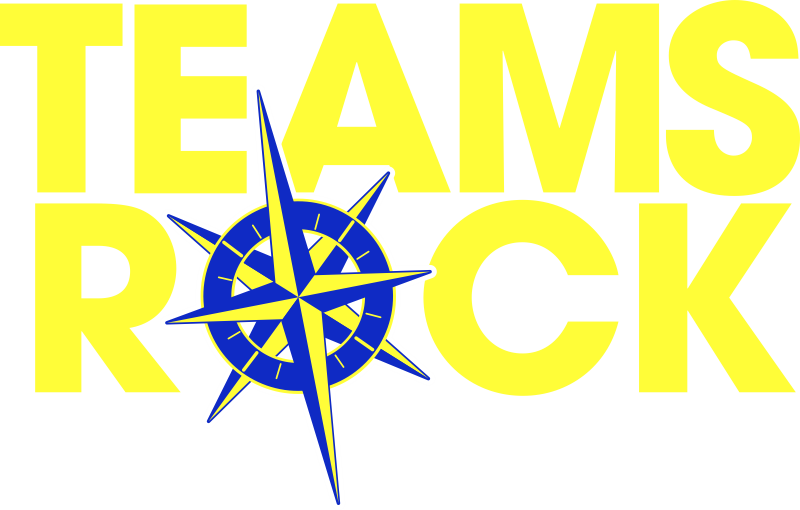Glenn arrived at work a little early on Monday morning. He knew he had to make a personal phone call at 9:15 a.m. His day was already full with several deadlines, but the call had to be made today, and the earlier the better.
 He was dreading making the call because he knew that every time anyone called this organization, they had many hoops to jump through before they finally got a live voice on the phone. They were placed on terminal hold, and the person they finally spoke with was less than sympathetic. These factors played into Glenn’s mindset and his attitude became quite negative.
He was dreading making the call because he knew that every time anyone called this organization, they had many hoops to jump through before they finally got a live voice on the phone. They were placed on terminal hold, and the person they finally spoke with was less than sympathetic. These factors played into Glenn’s mindset and his attitude became quite negative.
Has this ever happened to you? You have to do something and you dread doing it because the service you get on the other end is less than desirable. What happens when you have to call your organization’s help desk about a problem that should have been resolved on the last call? What image do you have of this team you are now calling or dealing with? In many cases it is quite negative your attitude may reflect that negative image.
The question is, what do your customers/clients/other departments think about dealing with your team? Are they excited? Or are they disgruntled and apprehensive like Glenn?
Many organizations teach customer service, and how important it is for the organization’s success. While this is admirable, is it enough? Have you ever been someplace and experienced exceptional service, only to receive poor service on your return visit? What causes this? Organizations may have taught customer service not realizing it was taught on an individual basis. What needs to be taught, as part of every team development plan, is Team Based Service. As Kurt Russell (portraying Herb Brooks) said in the movie Miracle, “All-Star teams fail because they rely solely on the individual’s talent.” This old school mentality is carried forth in many organizations today. If your organization will simply take the existing talent, and use this talent inside of a system that is designed for the betterment of the entire team, everyone wins.
Retired Gen. James L. Anderson carries two cards with him, each about the size of a traditional business card. When he meets someone with a great attitude, he gives them the card that reads, “Attitudes are contagious. Yours is worth catching.” When he meets someone who has an attitude less than desirable, he give gives them the card that reads, “Attitudes are contagious, is yours worth catching?”
The power here is to recognize that attitudes are 100% contagious and everything we do has an impact on everyone we come in contact with, sometimes even before we come in direct contact with them.
Today, every organization needs to be practicing Team Based Service as an on-going part of their team development plan. To recognize this, let’s look at the P/E ratio. I do not mean the price to earnings ratio, rather the performance to expectations ratio. If we accept that, all service can be based on this simple five diamond scale:
- 5 diamonds – far exceeded our expectations
- 4 diamonds – exceeded our expectations
- 3 diamonds – met our expectations
- 2 diamonds – failed to meet our expectations
- 1 diamond – failed to even recognize our expectations
If our expectations are at level three, and we experience level three service, they have met our expectations, no more, no less, and we may be happy. In other words our P/E ratio is equal to ONE.
If our expectation is at level three and we experience level four or five service, they have exceeded our expectations and our P/E ratio is in excess of ONE and we are happy. We will likely tell a few others of this service.
If we have our expectations at level three, and are provided level one or two service, we are upset because our ratio is now less than ONE. We are likely to tell many others about this experience. We may become negative ourselves, resulting in less work being accomplished on our end.
The greater the ratio, either positive or negative, will determine who and how many others we share this experience with. Although in general, we tend to share negative experiences with more people.
These ratios are true regardless of your business or organization. If the P/E ratio is less than ONE with another department within your own organization, what do you think happens to the productivity on both teams (theirs and yours)? In order for your entire organization to ROCK, recognizing that Team Based Service is everyone’s responsibility is a critical step in designing cooperative teams that produce results.


Leave A Comment